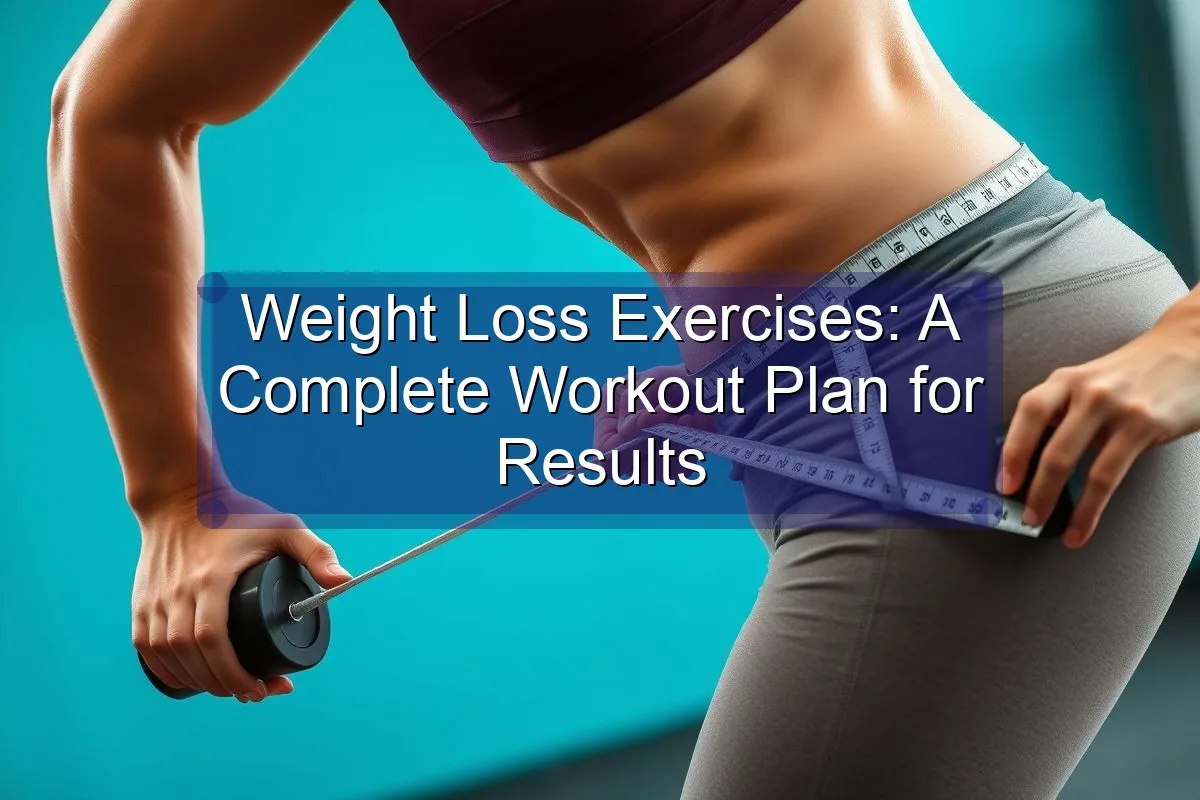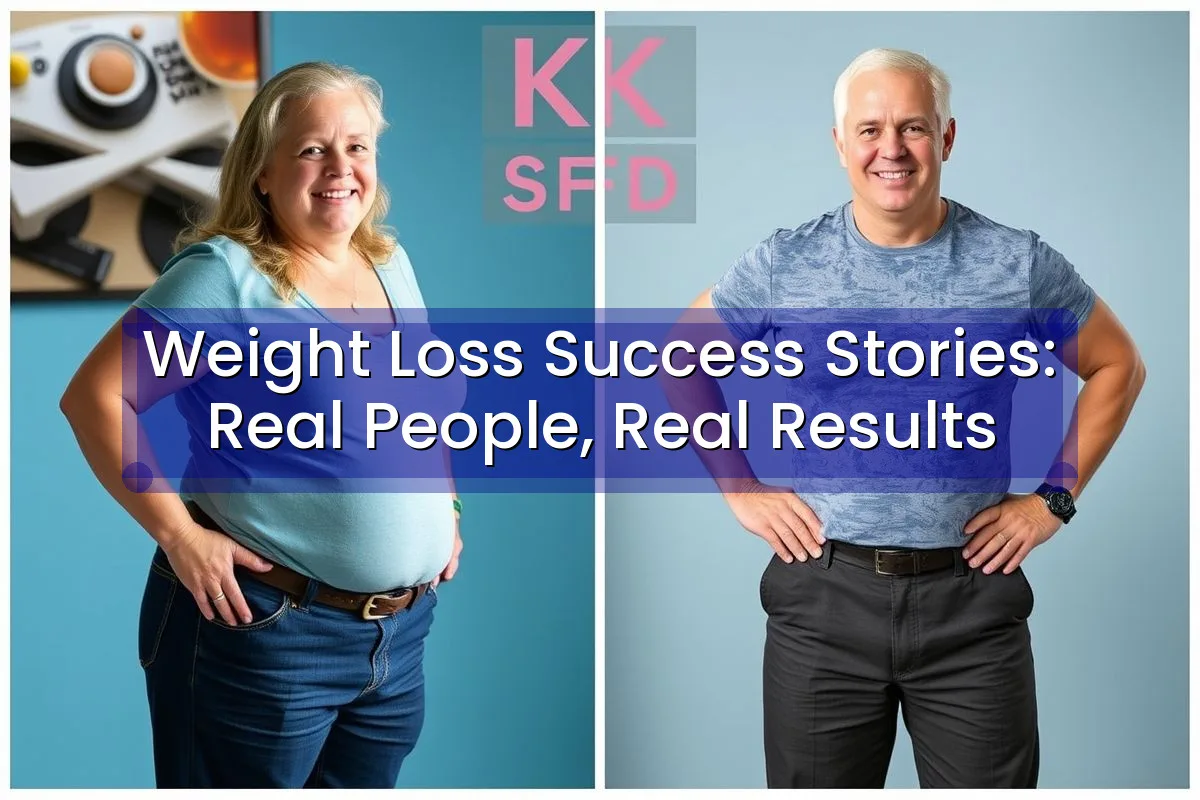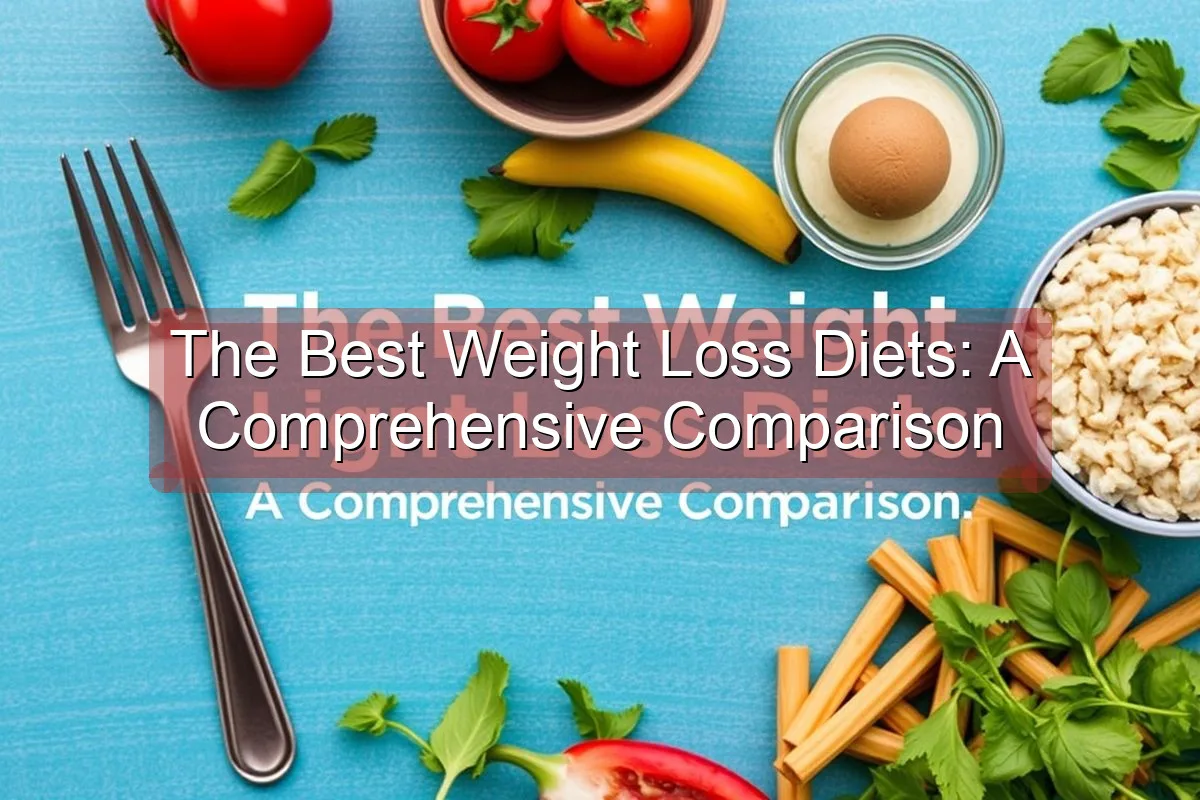
Unlock Your Potential: Tyrus Weight Loss Tips for Beginners
Embarking on a weight loss journey can feel overwhelming, especially when
faced with a deluge of information and conflicting advice. The key to
success lies in adopting a sustainable and personalized approach. This guide
focuses on Tyrus weight loss tips specifically tailored for
beginners. We’ll break down essential strategies into manageable steps,
ensuring a smooth and effective start to your health and wellness
transformation. Ditch the fad diets and embrace a lifestyle change that
promotes long-term well-being. This journey is about more than just shedding
pounds; it’s about building a healthier, happier you. Let’s dive in!
Many beginners often fall into the trap of unrealistic expectations and
extreme measures. This can lead to discouragement and ultimately, failure.
Instead, focus on making small, consistent changes to your daily habits.
These incremental adjustments are far more likely to lead to lasting
results. Remember, Rome wasn’t built in a day, and neither is a healthy
body. Be patient with yourself, celebrate your progress, and learn from any
setbacks. The journey towards a healthier weight is a marathon, not a sprint.
Understanding the fundamentals of nutrition and exercise is also crucial.
We’ll explore these aspects in detail, providing you with the knowledge and
tools you need to make informed decisions about your diet and fitness routine.
Understanding Caloric Deficit
Calculating Your Daily Calorie Needs
The foundation of any successful weight loss plan is understanding the
concept of a caloric deficit. This means consuming fewer calories than your
body burns each day. To determine your individual calorie needs, you can use
various online calculators or consult with a registered dietitian. These
tools take into account factors like your age, gender, weight, height, and
activity level to provide an estimate of your daily caloric expenditure.
Once you know your daily calorie needs, you can subtract a certain amount to
create a deficit. A deficit of 500-750 calories per day is generally
recommended for safe and sustainable weight loss. This should result in a
weight loss of approximately 1-2 pounds per week. However, it’s important
to note that this is just an estimate, and individual results may vary. It’s
always best to listen to your body and adjust your calorie intake accordingly.
You can track your calorie intake using a food diary or a mobile app. This
will help you stay within your target range and identify any areas where you
can make improvements.
Keep in mind that drastically reducing your calorie intake can be
counterproductive. It can lead to muscle loss, nutrient deficiencies, and a
slower metabolism. It’s also important to prioritize whole, unprocessed
foods that are nutrient-dense and filling. These foods will provide your
body with the vitamins, minerals, and fiber it needs to function optimally,
while also helping you feel satisfied and energized. Avoid processed foods,
sugary drinks, and excessive amounts of unhealthy fats.
Tracking Your Food Intake
Accurate food tracking is an invaluable tool for weight loss. It allows you
to monitor your calorie and macronutrient intake, identify patterns in your
eating habits, and make informed adjustments to your diet. There are several
methods you can use to track your food intake, including food diaries, mobile
apps, and online tools. Choose the method that works best for you and that
you can consistently maintain.
When tracking your food intake, be as accurate as possible. Use measuring
cups and spoons to portion your food, and weigh your ingredients whenever
possible. Don’t forget to include all snacks, drinks, and condiments in your
tracking. Be honest with yourself about what you’re eating, even if it’s not
always healthy. This will give you a realistic picture of your eating habits
and help you identify areas where you can make improvements.
Beyond just calories, pay attention to your macronutrient ratios. Macronutrients
are the three main components of food: protein, carbohydrates, and fats.
Aim for a balanced intake of all three, with a focus on lean protein sources,
complex carbohydrates, and healthy fats. Protein is essential for building
and repairing muscle tissue, while complex carbohydrates provide sustained
energy. Healthy fats are important for hormone production and overall health.
Incorporating Exercise into Your Routine
Cardiovascular Exercise for Fat Burning
Cardiovascular exercise, often referred to as “cardio,” is an excellent way
to burn calories and improve your cardiovascular health. It involves any
activity that elevates your heart rate and breathing. There are many
different types of cardio, including running, walking, swimming, cycling,
and dancing. Choose activities that you enjoy and that you can consistently
incorporate into your routine.
For beginners, it’s important to start slowly and gradually increase the
intensity and duration of your workouts. Begin with 20-30 minutes of moderate-intensity
cardio several times per week. As you get fitter, you can gradually increase
the duration to 30-60 minutes and add in some higher-intensity intervals.
Interval training involves alternating between periods of high-intensity
exercise and periods of rest or low-intensity exercise. This type of
training has been shown to be particularly effective for burning fat and
improving cardiovascular fitness.
Remember to listen to your body and take rest days when needed. Overtraining
can lead to injuries and burnout. It’s also important to stay hydrated by
drinking plenty of water before, during, and after your workouts. Consider
investing in a fitness tracker or heart rate monitor to track your progress
and ensure that you’re working within your target heart rate zone.
Strength Training for Muscle Building
Strength training is another crucial component of a well-rounded weight loss
program. It helps you build muscle mass, which in turn boosts your metabolism
and helps you burn more calories at rest. Strength training also improves
your bone density, posture, and overall strength.
For beginners, it’s best to start with bodyweight exercises or light weights.
Focus on mastering proper form before increasing the weight or resistance.
Some effective bodyweight exercises include squats, lunges, push-ups, and
planks. You can also use resistance bands or dumbbells to add resistance to
these exercises. Aim to perform strength training exercises 2-3 times per
week, targeting all major muscle groups.
It’s important to allow your muscles adequate time to recover between
workouts. Rest is essential for muscle growth and repair. Don’t work the
same muscle groups on consecutive days. Consider working with a certified
personal trainer to learn proper form and develop a safe and effective
strength training program. A trainer can also provide guidance and support
to help you stay motivated and on track.
The Importance of Mindful Eating
Recognizing Hunger and Fullness Cues
Mindful eating is a practice that involves paying attention to your hunger
and fullness cues and eating with intention and awareness. It can help you
develop a healthier relationship with food and prevent overeating. Start by
tuning into your body’s signals of hunger and fullness. Ask yourself if you
are truly hungry before reaching for food, or if you are eating out of
boredom, stress, or habit.
When you are eating, pay attention to the taste, texture, and aroma of your
food. Eat slowly and savor each bite. Put your fork down between bites and
take a few deep breaths. Notice how your body feels as you eat. Are you
satisfied after a few bites, or do you need more to feel full? Stop eating
when you feel satisfied, not stuffed.
Avoid distractions while eating, such as watching TV or scrolling through
your phone. These distractions can prevent you from paying attention to your
hunger and fullness cues, leading to overeating. Create a calm and relaxing
environment for your meals. Sit at a table and focus on your food. Practice
gratitude for the nourishment that your food provides.
Managing Emotional Eating
Emotional eating is the practice of using food to cope with negative emotions,
such as stress, sadness, or boredom. It can be a common barrier to weight
loss. If you find yourself turning to food when you’re feeling emotional,
it’s important to identify the underlying triggers and develop healthier
coping mechanisms.
Start by keeping a journal to track your emotions and eating habits. Note
when you feel the urge to eat emotionally, what emotions you are experiencing,
and what triggers those emotions. This will help you identify patterns in
your emotional eating. Once you know your triggers, you can develop strategies
to manage them.
Some effective strategies for managing emotional eating include exercise,
meditation, spending time with loved ones, and engaging in hobbies. Find
activities that bring you joy and relaxation and turn to them instead of
food when you’re feeling emotional. You may also want to consider seeking
professional help from a therapist or counselor. They can provide you with
tools and strategies to manage your emotions and develop healthier coping
mechanisms.
Sample Meal Plan for Beginners
| Meal | Example | Approximate Calories |
|---|---|---|
| Breakfast | Oatmeal with berries and nuts | 350 |
| Lunch | Grilled chicken salad with mixed greens and vegetables | 450 |
| Dinner | Baked salmon with roasted broccoli and quinoa | 550 |
| Snacks | Apple slices with peanut butter, Greek yogurt | 200 |
This is just a sample meal plan, and you can adjust it to fit your individual
needs and preferences. Be sure to choose whole, unprocessed foods and
prioritize lean protein, complex carbohydrates, and healthy fats.
Sıkça Sorulan Sorular
1-2 pounds of weight loss per week. Be patient and consistent with your
efforts, and you will eventually see results.
progress. Simply get back on track the next day and continue with your
healthy habits.
enjoy your favorite foods in moderation as part of a balanced diet.
or outdoors using bodyweight exercises or simple equipment like resistance
bands.
best to limit your alcohol intake or avoid it altogether when trying to
lose weight.
yogurt, and hard-boiled eggs.
Conclusion
Starting your Tyrus weight loss journey doesn’t have to be a daunting
task. By focusing on sustainable strategies like understanding caloric
deficit, incorporating exercise, and practicing mindful eating, you can
achieve your weight loss goals and improve your overall health. Remember to
be patient, consistent, and kind to yourself along the way. Celebrate your
successes and learn from your setbacks. With dedication and perseverance,
you can transform your life and achieve a healthier, happier you. Embrace
the journey and enjoy the process of becoming the best version of yourself!
“`














Leave a Reply